|
On August 29, 1970, East Los Angeles became the stage for one of the most captivating moments of the Vietnam War’s home front – the National Chicano Moratorium protests against the disproportionate loss of Mexican American servicemen in the war. The largest protest of the 1960s/1970s Chicano movement, nearly 20,000-30,000 people participated in the Moratorium. However, its message was muffled by violence between the Los Angeles Sheriff’s Department and demonstrators leading to 150 arrests and four deaths, including journalist Rubén Salazar.
Retrace the route of the Chicano Moratorium through East Los Angeles here and rediscover Mexican American protestors’ cries for racial justice: “Chale no, we won’t go – bring the ‘carnales’ home!” – and then leave your thoughts below!
0 Comments
The hardening U.S.-Mexico border of the 2010s has been increasingly defined by walls and division, but symbolic bridges continue to tie the two countries’ people together. One such recent link is the newest bridge on the U.S.-Mexican border, the Cross Border Xpress (CBX) linking the Tijuana International Airport (TIJ) in Mexico with a passenger check-in terminal in San Diego, California, making TIJ the only airport in the world with terminals in two different countries. Open since 2015, the CBX (aka, “La Puerta de las Californias”) symbolizes the two countries’ ability (and inability) to cooperate. Grab onto your luggage as we rush across the CBX’s history to our flight in Tijuana!
A tall shining metallic arch rises above the busy streets and rolling hills of Tijuana, Baja California, giving Mexico’s westernmost city an icon to welcome visitors and to symbolize its modernity. It is called by various names, including the Arco del Milenio (Millennium Arch) or Arco de Tijuana, but officially the arch is known as the Reloj Monumental de Tijuana (Tijuana Monumental Clock). The arch has been controversial since its construction but has also become one of the city’s most important symbols in the 21st Century. [1]
Each year Mexican people celebrate the 16th of September in commemoration of the 1810 start of what became the Mexican independence movement. The colorful patriotic festival is celebrated not only within Mexican national boundaries, but also on the other side of its northern border wherever great concentrations of Mexican communities are found. In Los Angeles, California the demographic and cultural strength of the Mexican community – the second largest in the world after Mexico City – makes celebrating the annual “fiestas patrias” an indispensable local tradition. A colorful ceramic mural located in the historic heart of L.A. titled El Grito (“The Cry”) celebrates Mexico’s independence and as well as the heritage of the city’s vibrant Mexican American community.
Nestled in a hot, rocky mountain area, Tecate, Baja California, Mexico and Tecate, California, USA, mark one of the meeting points between Mexican and U.S. California. Located 30 miles east of the San Diego-Tijuana zone, the two Tecates are often an alternative for travelers seeking to wait less time crossing the border. We will explore the two Tecates soon, but the dry shrubbery and rocky environment here shows the character of a slightly less-visited portion of the U.S.-Mexican border zone.
|
Carlos Parra
U.S.-Mexican, Latino, and Border Historian Archives
January 2021
Categories
All
|
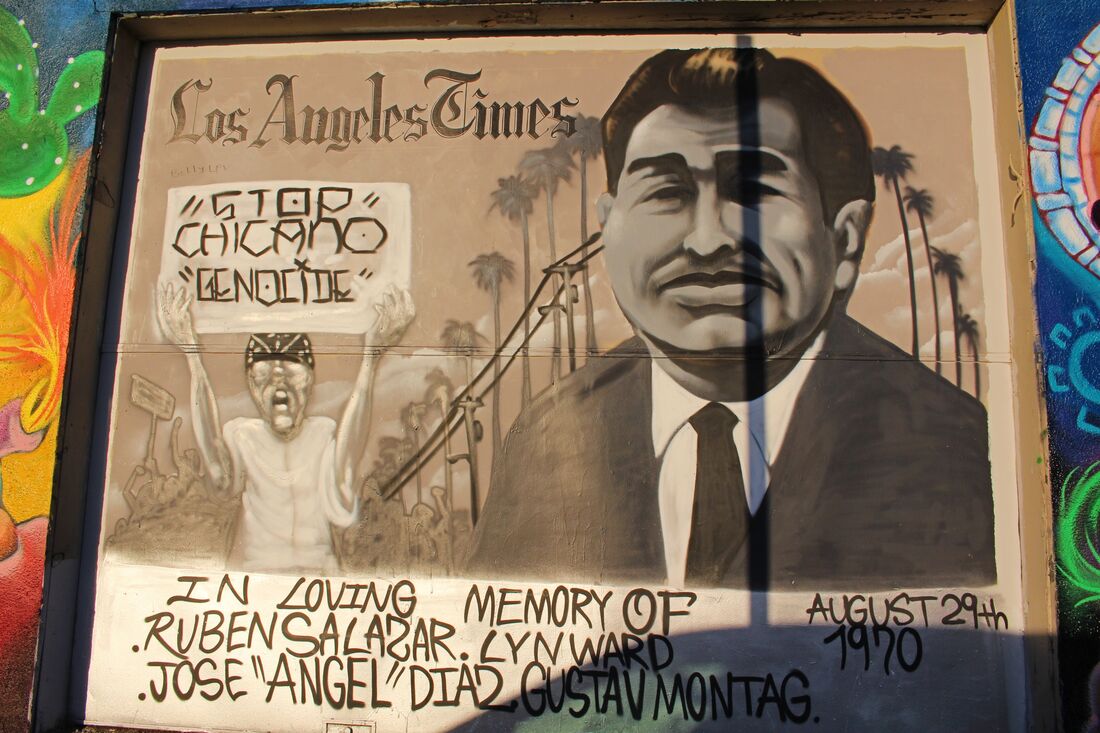
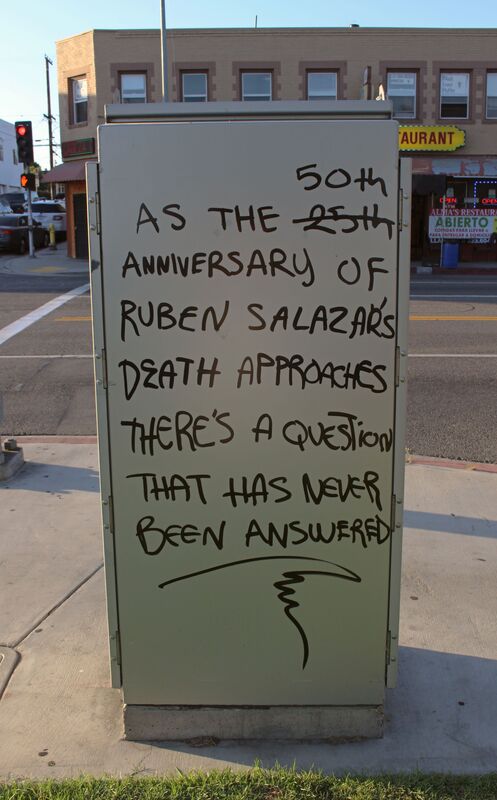
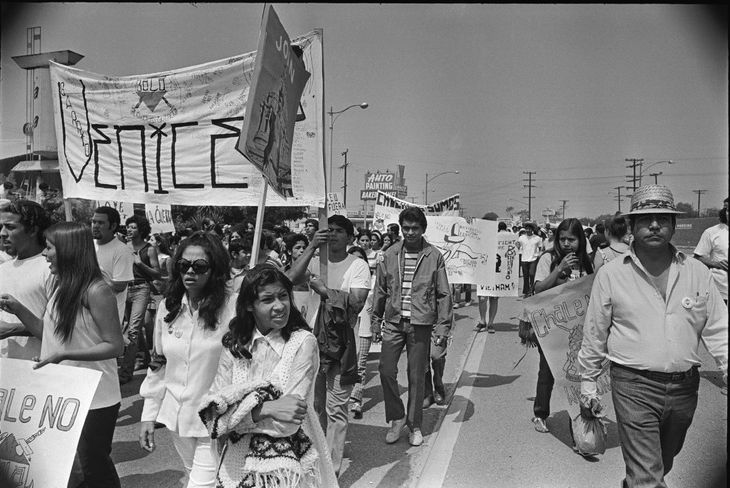
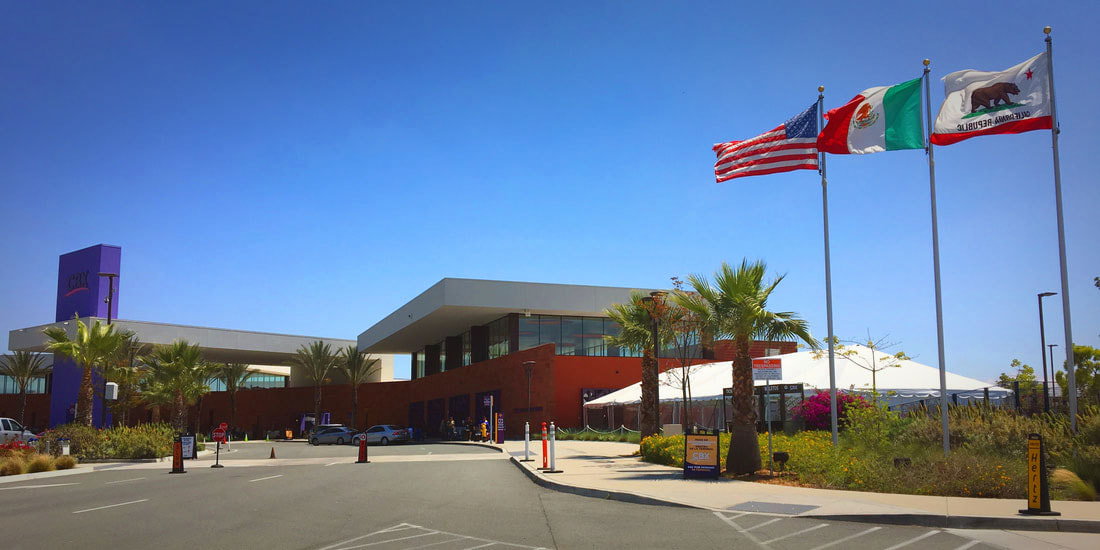
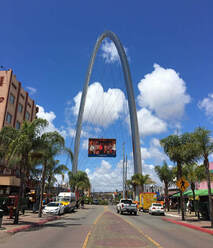
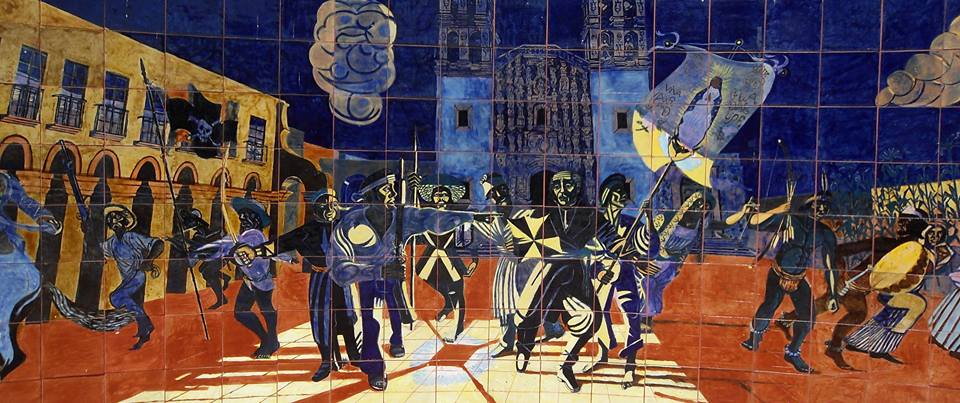
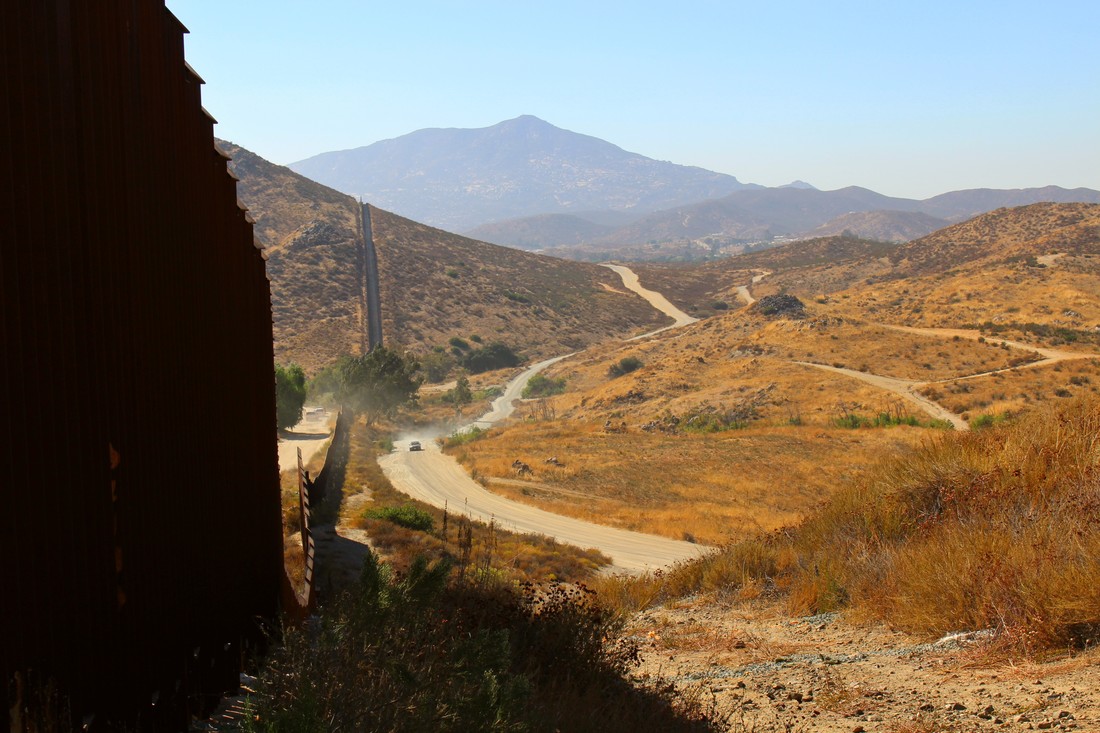
 RSS Feed
RSS Feed